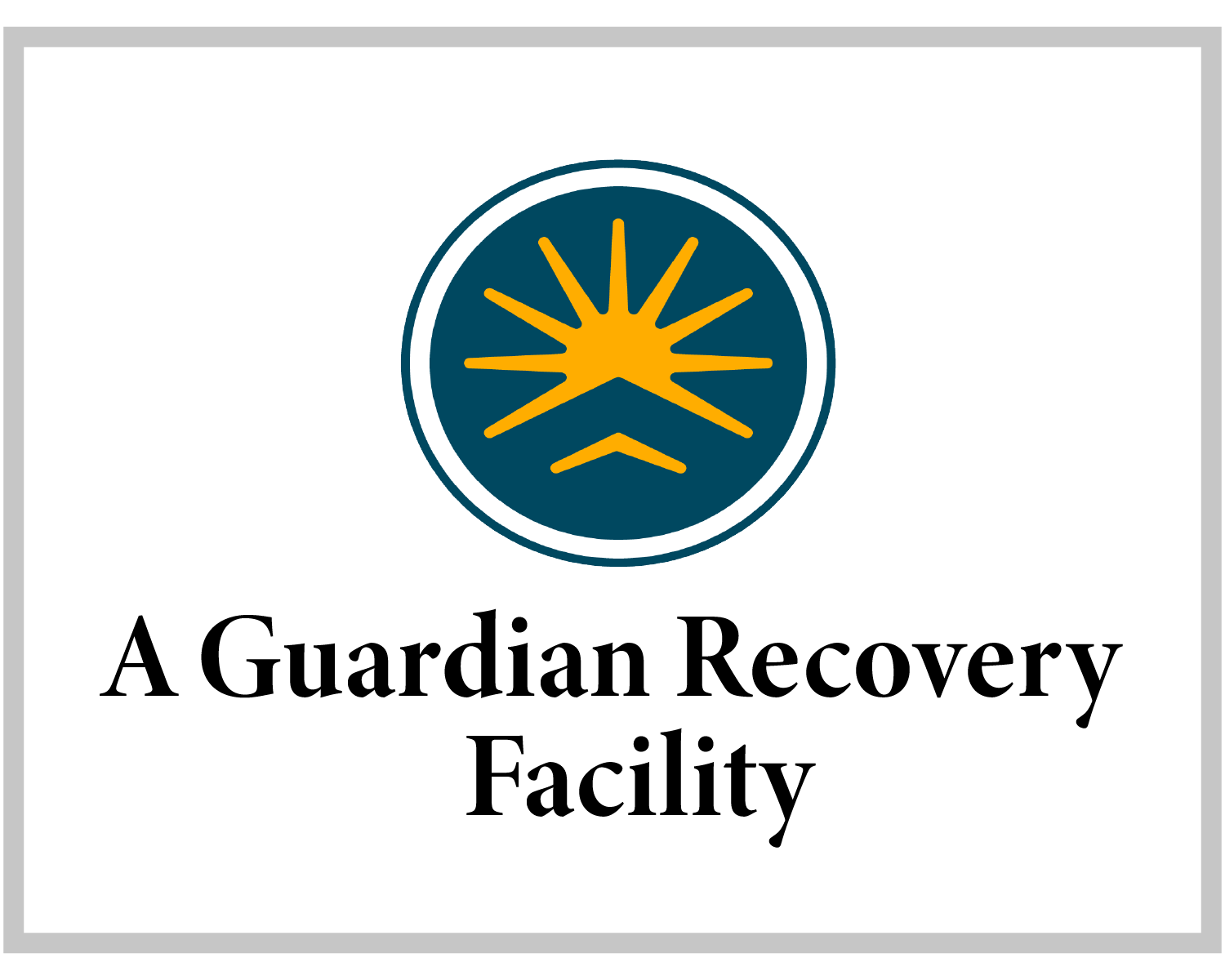Key Differences Between Inpatient and Outpatient Rehabilitation Programs
While both inpatient and outpatient rehabilitation programs share the fundamental goal of supporting recovery, these treatment settings differ markedly in their structure, intensity, and level of care provided.
Inpatient rehabilitation requires participants to reside at the facility 24/7, typically for program durations ranging from 30 to 90 days, allowing for thorough medical supervision and intensive therapeutic interventions. In contrast, outpatient programs enable individuals to maintain their daily responsibilities while attending scheduled treatment sessions several times per week.
The key structural differences include:
– Living arrangements (residential vs. home-based)
– Treatment intensity (full-time vs. part-time attendance)
– Level of medical oversight (constant vs. intermittent)
– Program flexibility (structured schedule vs. customizable appointments)
– Support system access (facility-based vs. community-based)
Success Rates and Recovery Outcomes for Both Treatment Models
Understanding the effectiveness of rehabilitation programs requires examining concrete data on recovery results, which discloses distinct patterns of success between inpatient and outpatient treatment models.
Research indicates that inpatient programs generally achieve higher success percentages, with 65-75% of participants maintaining sobriety after one year, compared to 35-45% for outpatient programs. However, recovery results depend considerably on individual circumstances, including severity of addiction, co-occurring disorders, and support systems. Studies demonstrate that individuals with severe substance dependencies typically experience better long-term recovery results in inpatient settings, while those with mild to moderate conditions often achieve comparable outcomes through outpatient care. When considering environmental factors and personal responsibilities, outpatient programs may provide more sustainable recovery results for individuals who need to maintain work or family commitments during treatment.
Factors to Consider When Choosing Your Treatment Path
Selecting an appropriate rehabilitation program requires careful evaluation of multiple personal, medical, and lifestyle factors that collectively influence treatment success. Medical detox programs may be required before beginning either type of rehabilitation to safely manage withdrawal symptoms. Key considerations include the severity of addiction, presence of co-occurring disorders, and available support systems at home. Treatment duration varies considerably between programs, with inpatient stays typically ranging from 30 to 90 days, while outpatient programs may extend several months or longer. Cost considerations play an essential role, as inpatient care generally requires substantial financial investment, though insurance coverage may offset expenses. Additionally, individuals must evaluate their work and family obligations, geographic accessibility to treatment facilities, and their ability to maintain daily responsibilities. Medical professionals often recommend more intensive inpatient care for those with severe addiction or unstable home environments, while outpatient programs may better suit individuals with strong support systems and milder substance use disorders.
















